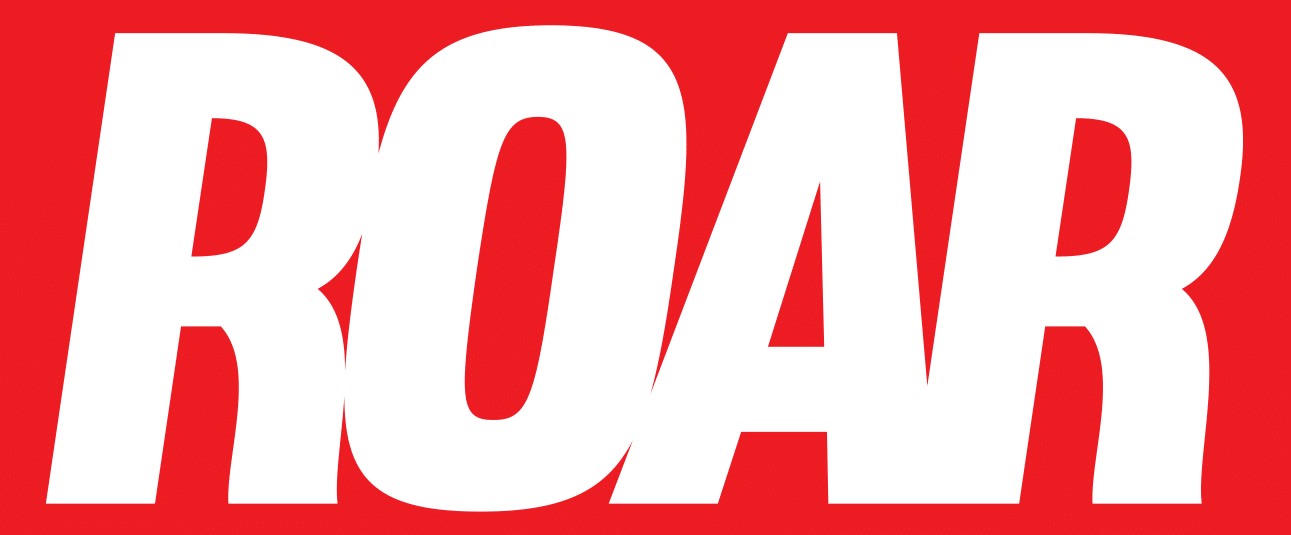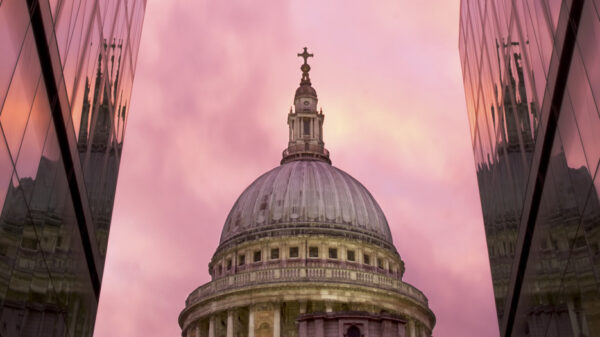Staff Writer Julia Costache deconstructs the glamour and artifice of fashion behemoth Vogue.
New York has been the site of glamour and glitz this past week, setting the tone for the buzzing fashion month yet to ensue. This period is a notable marathon for celebrities, models, and magazines alike, as publications prepare to document their every appearance across the globe. Paris was ablaze last week, New York is ablaze now, and soon London, and Milan will follow, the fashion capitals ready to act as a stage for fall’s budding trends.
While it may be posed as entertainment, fashion month is a business: one whose feasibility has been degenerating with every passing year. Putting on a show can cost upwards to $300,000 USD, and returns won’t be made until the weather starts to change. We’ve seen major names like Ralph Lauren and Tommy Hilfiger back out of this year’s festivities. And this entire spectacle is dependent on the public’s curiosity in the runway’s operations.
Vogue plays a major part in upholding this interest, the channel through which up and coming designers as well as fashion behemoths have their shining moment. A quick scan of Vogue’s front page this month will unveil a slew of intel on the ensuing runways. But is the curiosity still there for this content, or are the shining stars and clothes they wear no longer as alluring as they used to be?
To understand the changing tides of the industry, appreciating Vogue’s development is more crucial than ever. The magazine is an interesting case in media, as its duality has long been core of its success.
Since its inception Vogue has relied on balancing the unattainable and alluring with the relevant and pertinent. Its first edition in 1892 debuted the publication as an insight into the New York elite’s social affairs, acting as a microscope into “their habits, their leisure activities, their social gatherings, the places they frequented, and the clothing they wore.”
Eventually this matter of taste and fashion became central to the magazine’s continuation, as the target audience shifted to predominantly women, Vogue established itself as the “fashion bible,” acting as a cultural instruction manual for those who aimed to be embedded in the social fabric of society.
Where the publication began to pick up speed and truly establish itself as a necessary cultural tool was in the editorial changes installed by its most recent editors-in-chief. Jessica Daves emphasized the written portion of the magazine in sections of art and taste. Grace Mirabella took on the task of advertising a more practical and casual form of fashion which appealed to the 70s tides. And finally, Anna Wintour entered her role with the goal of making fashion accessible. With each turn Vogue’s editors made a conscious effort to stay relevant to their readers, understanding how they changed as individuals according to the decades.
Wintour was particularly complimented for this take, as her very first cover “broke the rule because the model was wearing an haute couture Christian Lacroix jacket with denim jeans, mixing high and low fashion for the first time.”
It was for this reason that the magazine saw the height of its success around this time; it finally had a real grasp on how both to be relevant to consumers, while maintaining the allure and desirability of the untouchable fashion haven.
Unfortunately though, this era seems to have been lost. Backlash surrounding the December 2024 issue proves this very point, a stark contrast from Wintour’s first in 1988. The page reads, “Fashion Gets Real,” aiming to highlight accessible brands like Gap, although, the models pictured wear clothes priced at $1000 USD.
And this is not an exceptional case: delving into Vogue’s archive shows a real pattern in the type of fashion being presented to women. Around the year 2000, the majority of covers were dominated not by celebrities, but models, who were dressed in clothing you could envisage strutting to the office or through the park.
A quick look at last year’s covers demonstrates quite a shift, as a majority of cover stars were popular actors or musicians, (whose new movie or album released around the same time), decked in gowns unimaginable as a practical everyday outfit.
The problem isn’t that Vogue is no longer attainable—the models of the earlier period still exuded an out-of-reach exclusivity; the issue today is that readers are no longer presented any degree of nominal relatability. There is a lack of desirability or motive for consumers to position themselves within the clothes or products on display, because it is not immediately relevant to their daily habits and lives. Vogue has always been a dream, but it used to be one we wanted to fulfill.
Editorial content reflects a similar shift. In early days, authenticity meant connecting with readers on a personal level: providing advice on how to personalize the trends to their own wardrobe, pulling the expertise of industry heads into everyday stores. There was an excitement about fresh faces, the 90s supermodels rose to new heights within these pages, and designers like John Galliano and Marc Jacobs were given the chance to soar.
Today’s publications serve little in the revolutionary and creative that has passed. Like many other media outlets, Vogue has succumbed to ‘fad’. Yet, this is not a fashion fad, rather a cultural one. In our current media ecosystem topics of interest meteor one day and fall into obscurity the next, with a lack of authentic and meaningful substance to truly grasp viewers’ attention for more than a few seconds.
Vogue has done an incredible overhaul to pervade the media sphere, their channels spanning across blog, YouTube, podcast, and of course, social media. But in permeating so many digital streams, the magazine has given up the master authority on cultural trends – the ones which last for years. Instead, readers are given articles on subjects already on the rise (without searching too far you will easily find multiple opinion pieces speculating into the affairs of Travis Kelce and Taylor Swift). Most of the content is produced with the intent of transferability across these multitude of platforms.
As a result, it no longer acts as the honest intermediary. Vogue no longer analyzes fashion and popular culture with the added critique, making social discussions digestible for the every reader. Vogue’s audience is still interested in the secrets of fashion, the runway’s intel, and surprise celebrity moves, but what is necessary for the continuity of the magazine is a mix of applicability. How can we apply the morsels of knowledge that Vogue has access to, into our own lives?
This is the issue currently permeating fashion month as well. The curiosity into the glamour and beauty of the fashion world is there, but it requires media to position itself to readers in a way we can personalize it. We need less celebrities as influencers, and more practical advice; inspiration which can be incorporated off the runway and into the routine.
Vogue is still crucial to the industry as a whole, and benefits from decades of prestige and lasting cultural authority, but to truly become relevant they must understand the consumer as they did before. The power of digital channels has encouraged the recent onslaught of content, hoping to pursue engagement in its intangible form; but the result is less authentic connection, and more of a scramble to stay relevant. And so, this a message to the magazines of today: meaningfully written pieces with fresh-eyed opinions will never go out of style.















